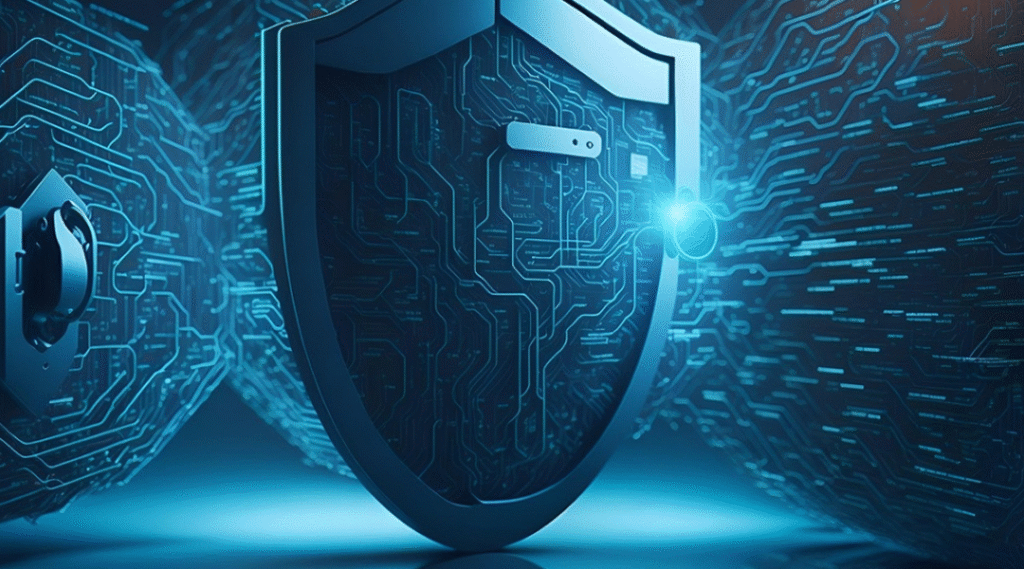In today’s interconnected world, smart homes have moved from futuristic visions to daily realities. Smart speakers, thermostats, lights, cameras, refrigerators, and even coffee machines now come equipped with internet connectivity and artificial intelligence, making homes more convenient, efficient, and personalized. However, this wave of digital convenience comes with an undercurrent of concern: user data and privacy.
As smart devices collect, transmit, and store vast amounts of personal data—from voice commands and behavioral patterns to sensitive footage and security preferences—homeowners must ask: How secure is the smart home, and what can be done to protect the privacy of its occupants?
This article explores the key risks, current best practices, and the roles of manufacturers, consumers, and policymakers in safeguarding data in the smart home environment.
The Smart Home Privacy Challenge
The backbone of a smart home is data. Devices learn from user habits to automate tasks and optimize experiences. A thermostat may know your daily routine, a doorbell camera may log every visitor, and a voice assistant may record snippets of conversations to process commands. While these devices improve convenience, they also collect information that, if misused or exposed, could lead to identity theft, unauthorized surveillance, or home intrusion.
The key privacy challenges include:
- Data Over-collection: Many smart devices gather more information than necessary, often without clear user consent.
- Insecure Communication: Devices that transmit data over unencrypted channels can be intercepted by attackers.
- Poor Authentication Mechanisms: Weak or default passwords on devices make them easy targets for hackers.
- Cloud Vulnerabilities: Data stored or processed in the cloud is susceptible to breaches or unauthorized access.
- Lack of Transparency: Users often have little visibility into what data is collected, how it’s used, or who it’s shared with.
Best Practices for Protecting User Data and Privacy
Securing a smart home is a shared responsibility that requires proactive efforts from both manufacturers and consumers. Below are some strategies and actions that can significantly improve data protection.
1. Device Manufacturers: Building Security by Design
- Minimize Data Collection: Only collect what is essential for functionality. Avoid tracking location, conversations, or behavior unless explicitly necessary and approved by the user.
- End-to-End Encryption: Secure data transmissions between devices, mobile apps, and cloud services to prevent interception or tampering.
- Regular Software Updates: Provide timely patches and firmware updates to address newly discovered vulnerabilities.
- Secure Default Settings: Devices should come with strong default security configurations and force users to set robust passwords during setup.
- Transparent Privacy Policies: Clearly inform users about what data is collected, where it’s stored, and who it’s shared with.
2. Users: Securing the Home Network and Devices
- Change Default Passwords: Always modify factory-set usernames and passwords on all smart devices and routers.
- Use Strong, Unique Credentials: Employ long, complex passwords and consider using a password manager.
- Enable Two-Factor Authentication (2FA): Where available, 2FA adds an additional layer of security beyond just a password.
- Segment the Network: Set up a separate Wi-Fi network for smart devices so that, even if compromised, the main personal or work network remains secure.
- Review App Permissions: Periodically check mobile app permissions and disable access to unnecessary data or services.
- Turn Off When Not in Use: Disable features like voice recording or remote access when not required to reduce data exposure.
3. Policymakers and Regulators: Ensuring Accountability
- Set Industry Standards: Enforce baseline cybersecurity and privacy standards for all IoT (Internet of Things) devices.
- Mandate Transparency: Require manufacturers to provide clear, consumer-friendly disclosures on data practices.
- Enforce Data Protection Laws: Apply regulations like GDPR (Europe) or CCPA (California) to ensure companies are held accountable for misuse or breach of consumer data.
- Promote Awareness: Launch public education campaigns to inform consumers about privacy risks and how to mitigate them.
Emerging Technologies That Support Smart Home Security
In response to growing concerns, new technologies are emerging to improve data protection in smart environments:
- Edge Computing: Processes data locally on the device rather than sending it to the cloud, reducing exposure and improving response time.
- Blockchain for IoT: Decentralized identity and data management can prevent single points of failure and increase user control over data.
- AI-Powered Threat Detection: Machine learning can detect unusual behavior across connected devices, signaling potential intrusions or malware.
The Future of Smart Home Privacy
As smart homes become more intelligent, the volume and sensitivity of data they manage will continue to increase. Protecting that data is not a one-time effort but an ongoing commitment. The future will require smarter, self-healing security systems, more user control, and stronger partnerships between tech companies, consumers, and regulators.
Ultimately, privacy in smart homes must be treated not as a feature but as a fundamental right. Only through responsible design, informed users, and accountable governance can we ensure that the promise of smart living doesn’t come at the cost of personal security.
Secure Data and Protect Privacy
Smart homes have the power to simplify our lives, but this convenience must not override caution. By taking deliberate steps to secure data and protect privacy—from the hardware layer to the cloud—everyone involved can help build a safer digital environment. As the line between our physical and digital homes continues to blur, safeguarding what happens within those walls has never been more important.
More for Smart Home:
Battle of the Hubs: Who Will Dominate the Future Smart Home Market?
Protecting Personal Data: Smart Home Privacy Best Practices
Securing the Smart Home: How to Protect User Data and Privacy in the Age of Connected Living
Eyes of the Future: How Smart Cameras Lay the Bedrock for Truly Intelligent Homes
As for in-depth insight articles about AI tech, please visit our AI Tech Category here.
As for in-depth insight articles about Auto Tech, please visit our Auto Tech Category here.
As for in-depth insight articles about Smart IoT, please visit our Smart IoT Category here.
As for in-depth insight articles about Energy, please visit our Energy Category here.
If you want to save time for high-quality reading, please visit our Editors’ Pick here.



